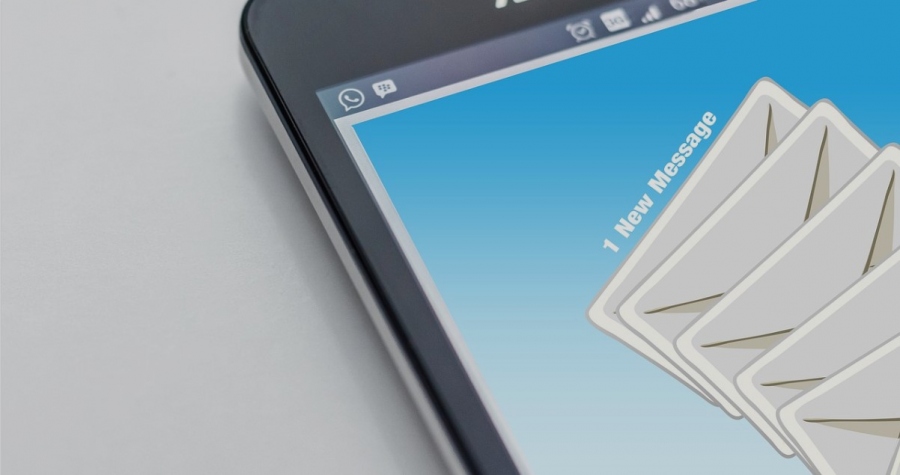Business
How To Effectively Separate Internal and External Communications In Your Company

If there is one area of business where things will get all fouled up, it is in the communication route. The situation becomes more confusing when it comes to making a clear distinction between internal and external communications. The last thing you want to do is have the wrong kind of communication with a client because you accidentally confused them for a member of the staff. The following are some suggestions to help prevent these kinds of communication bloopers from occurring inside your business.
The Customer Service Department
The most straight forward way to keep external communications separate from internal communications in a company is to establish a customer service department. The people staffing the customer service department should be trained to specialize in only handling external communications. This department also acts as an effective gatekeeping process that isolates internal business information from the outside world so that customers are only exposed to customer-related matters.
Digital Tickets
When it comes to fielding customer complaints and employee work requests through email, using different types of digital ticketing processes can go a long way towards identifying who the request is coming from. Assigning different tickets for customer issues versus employee issues will help to ensure that the one handling the ticket is responding with the proper type of communication as well. It may even be a smart idea to have someone proofreading each correspondence before resolving a digital ticket and sending that information off to a customer. This way the company will not tarnish its reputation by effectively preventing the wrong response from accidentally leaving their hands.
Texting
Much of business today is done via smartphone technology. People using Text Request can convey information at lightning speeds. This is very convenient when it comes to having an app, one strictly for company use, that is capable of sending pictures to everyone in a staff or client list. It is important to make sure that these mass communication listing processes for sending bulk information intelligently knows the difference between information intended for customers and information that is not.
Permissions
When it comes to accessing data off of the company servers, it is critical to distinguish between an external customer request versus an internal employee request. By granting different types of passwords and user permissions to different groups of individuals, a company’s IT department can more effectively monitor and isolate internal and external communications. This helps to keep from giving the wrong people access to information to which they should never have access.
When a business has properly isolated internal and external communications, this serves as a strong security measure for the company. It generally means that sensitive company information is not going to be leaked to the wrong parties. Rather, the right people will have access to all the information that is intended for their individual viewing purposes.
-

 Tech11 years ago
Tech11 years agoCreating An e-Commerce Website
-

 Tech11 years ago
Tech11 years agoDesign Template Guidelines For Mobile Apps
-

 Business6 years ago
Business6 years agoWhat Is AdsSupply? A Comprehensive Review
-

 Business10 years ago
Business10 years agoThe Key Types Of Brochure Printing Services
-

 Tech8 years ago
Tech8 years agoWhen To Send Your Bulk Messages?
-

 Tech5 years ago
Tech5 years ago5 Link Building Strategies You Can Apply For Local SEO
-

 Law5 years ago
Law5 years agoHow Can A Divorce Lawyer Help You Get Through Divorce?
-

 Home Improvement6 years ago
Home Improvement6 years agoHоw tо Kеер Antѕ Out оf Yоur Kitсhеn







































